MilitarySunHelmets.com presents a very special article by author Nick Komiya on the development and evolution of the Japanese sun helmet. We thank Nick for allowing us to republish this detailed study on the Japanese tropical helmets. This was originally published on the War Relics Forum.
Forward
In my past research on helmet covers, I came across quite a few documents discussing sun helmets, as they were often tested together in the same tropical test sessions in Taiwan. So when a recent question popped up about an early model sun helmet, I had a chance to review my files and thought I could have the whole picture of sun helmet development with only a little more digging for missing links. I was actually finishing a new complete history of the IJA’s pay book, but due to the lack of one early sample to study and confirm a couple of details, I had to shelve the project for later completion and was in search of a handy project instead. Continue reading →
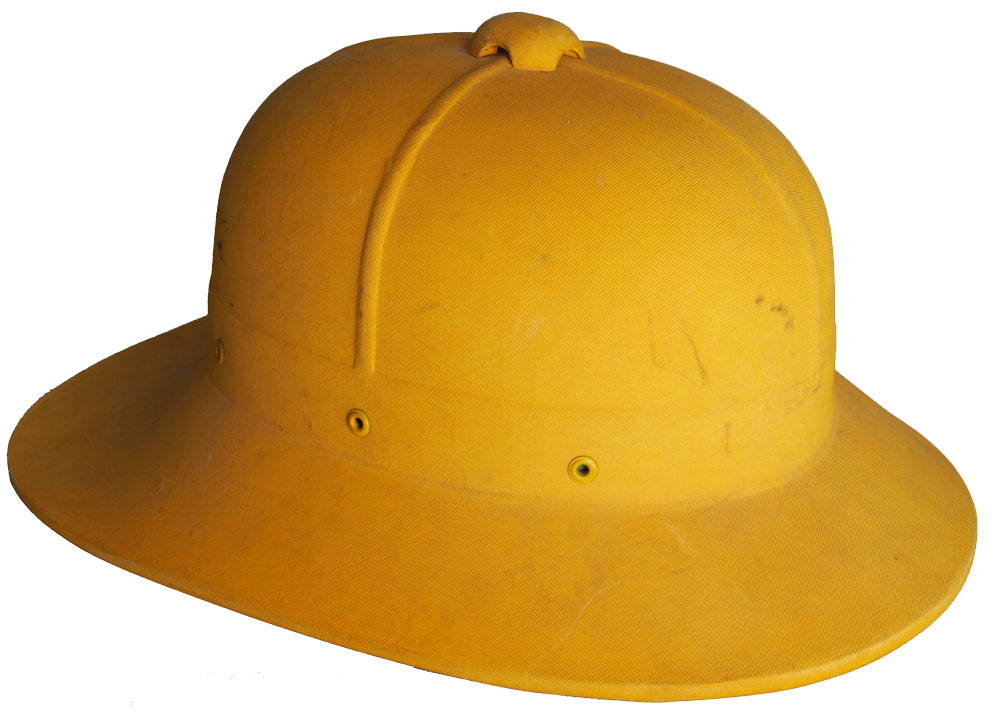

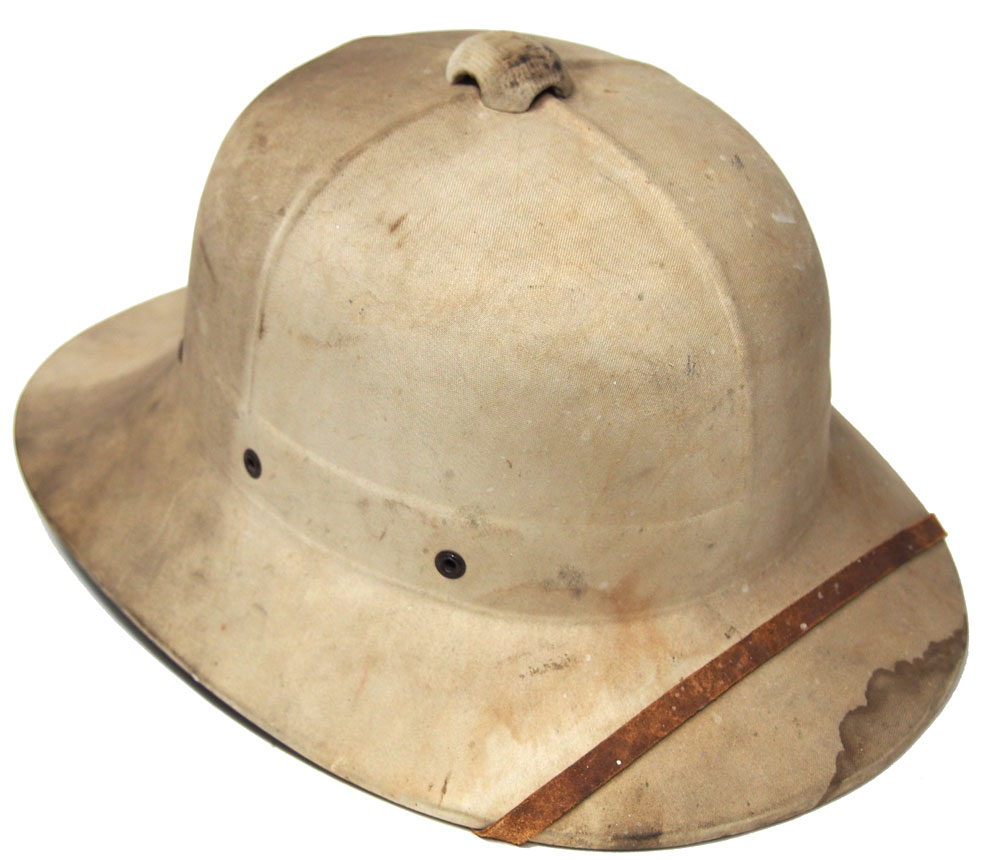 Since launching this website in early 2012 we’ve encountered numerous helmets that haven’t been largely documented, if documented at all. We’ve come across a number of helmets that can only be described as variations of the classic British Wolseley style helmet. These have included helmets made of sola pith, but recently a far more unusual example was offered for sale on eBay. It is a Canadian-made helmet that appears to be based on the naval helmet that was based on the Wolseley.
Since launching this website in early 2012 we’ve encountered numerous helmets that haven’t been largely documented, if documented at all. We’ve come across a number of helmets that can only be described as variations of the classic British Wolseley style helmet. These have included helmets made of sola pith, but recently a far more unusual example was offered for sale on eBay. It is a Canadian-made helmet that appears to be based on the naval helmet that was based on the Wolseley. 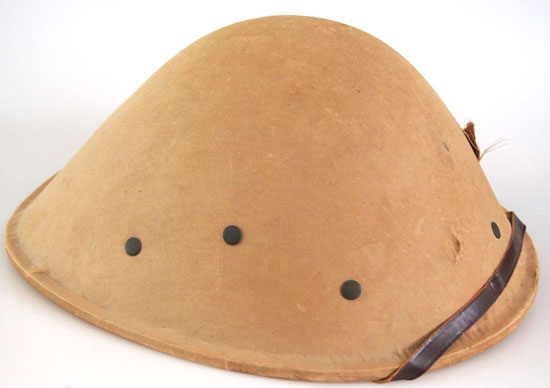
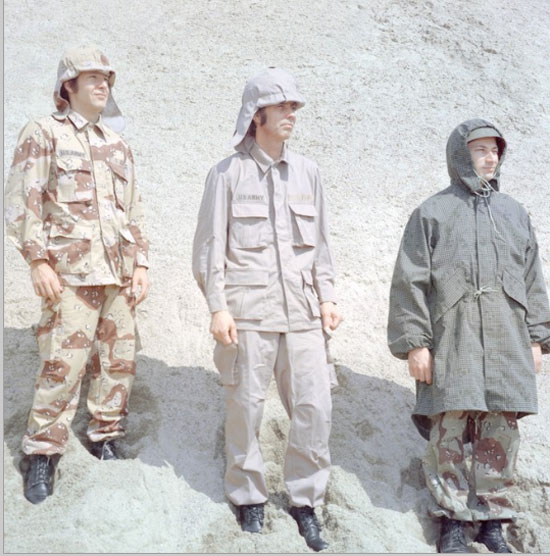
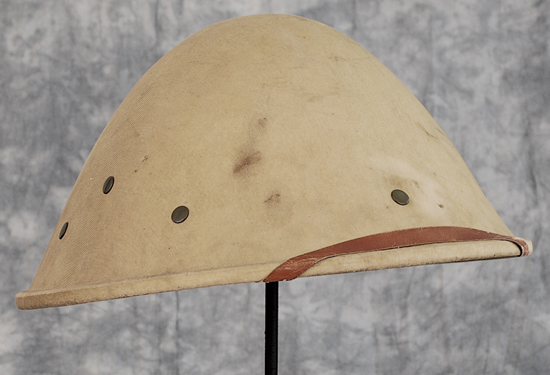
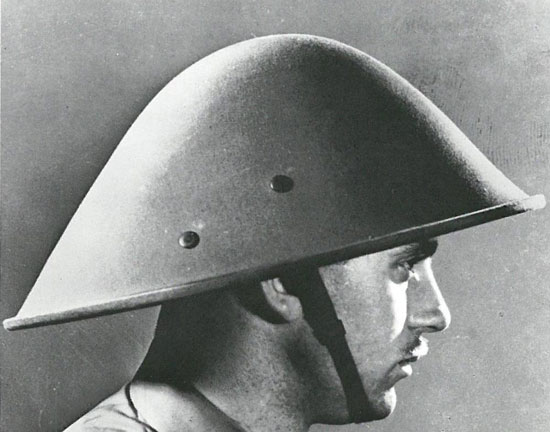 Following the end of the Second World War American military planners considered a number of replacements for the M1 steel helmet, yet it wasn’t until the late 1970s that the PAGST (Personnel Armor System for Ground Troops) was developed. It was made of Kevlar and was a major departure from the steel helmets that had been used since the First World War.
Following the end of the Second World War American military planners considered a number of replacements for the M1 steel helmet, yet it wasn’t until the late 1970s that the PAGST (Personnel Armor System for Ground Troops) was developed. It was made of Kevlar and was a major departure from the steel helmets that had been used since the First World War.